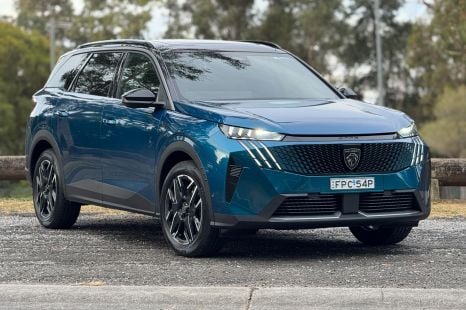

Matt Campbell
4 Days Ago

Contributor
The front radiator grille on combustion-engine vehicles is not only necessary to provide airflow and cool the engine, it stylistically serves as the face of the car.
As manufacturers try to differentiate themselves, having a bold, oversized grille has become an industry-wide trend.
Carmakers have aimed to create distinct visual signatures that, although not conventionally elegant and often out of proportion with the rest of the car’s styling, create an unforgettable look that will clearly distinguish the model (or in some cases the brand) from the herd.
BMW has recently become one of the most controversial proponents of this approach.
Memes about the grille taking over the design of the entire car notwithstanding, the brand has attempted to justify its new look by referring to historical precedent, and arguing the grilles impart a striking first impression that is key to developing a bold identity.
Is the criticism therefore justified given the history of BMW’s grille designs?
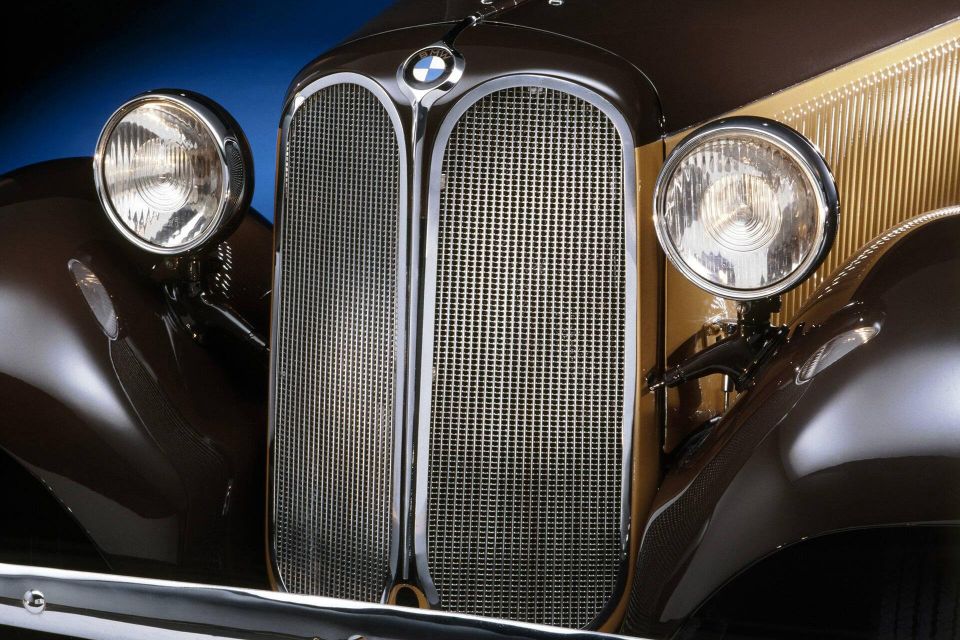
BMW was initially founded as a manufacturer of aircraft engines during WW1, and it would not be until after this conflict that the firm turned its attention to cars. The first model to feature the double kidney grilles was the BMW 303 in 1933.
It’s important to remember cars in general at this time had long bonnets to accommodate the physically large size of engine blocks at the time (not necessarily large capacity-wise). As the radiator grille was the only source of cooling (rather than lower or side intakes), it had to be similarly large, bluff, and vertical in orientation.
Therefore, a key reason for the tall kidney grilles on models such as the 303, and later the 328 roadster and 335 sedan, was the functional necessity of having adequate cooling for the engine.
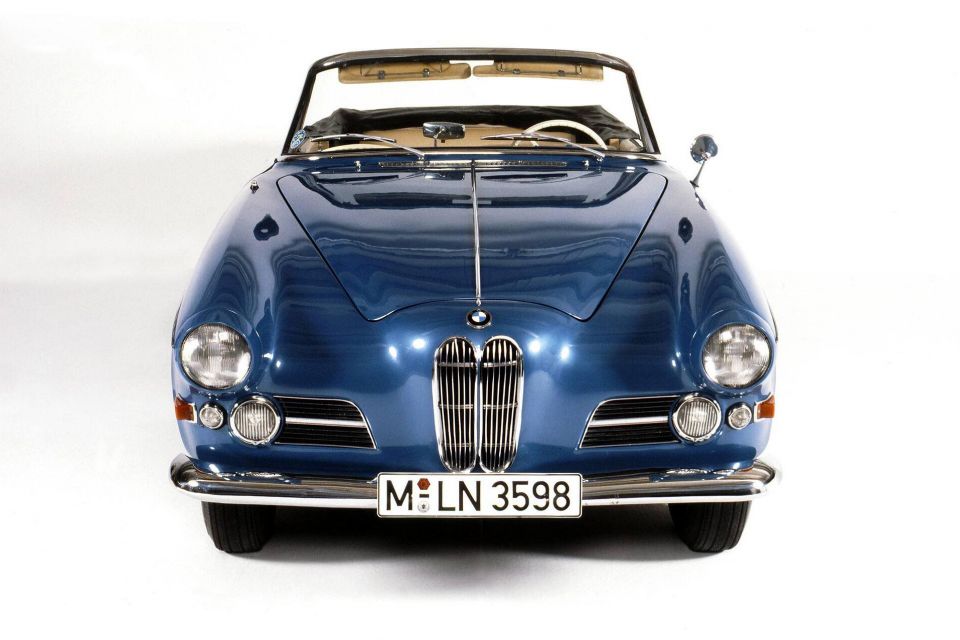
Subsequent models produced after WWII retained a comparatively large grille, but for stylistic rather than pragmatic reasons. This can be seen with models such as the 1956 503 roadster, which featured a tall, narrow set of double kidneys.
This design was facilitated by the presence of separate side air intakes to compensate for the reduced airflow through the smaller grille (compared to earlier models such as the 328).
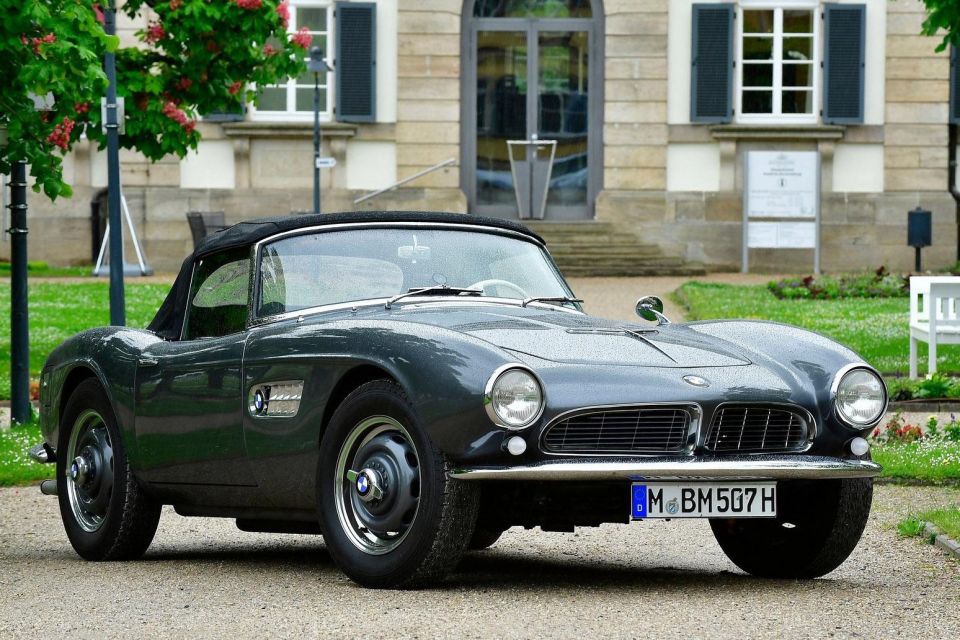
The 507 was a sibling to that car, but took the grilles in an entirely different direction. By focusing on the width of the double kidneys rather that their height, BMW was able to accentuate the low and wide stance of their car, as well as its angled ‘shark nose’ front end, where the grille is angled inwards to create a more sporting look.
BMW’s mid-sized Neue Klasse models, such as the 1600, 1800 and 2000 sedans, are well known for constituting a rebirth for the brand during the 1960s, and this extended to a re-imagination of the kidney grilles.
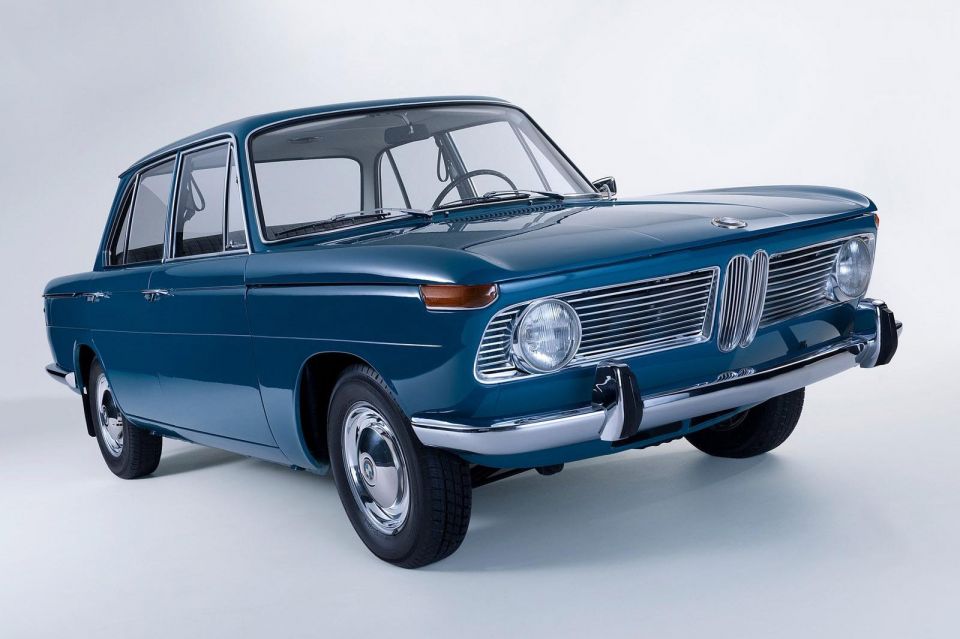
No longer the only styling element at the front, the grilles were narrowed, linked together and made smaller, and arguably de-emphasised as the focal point of the front end by being accompanied by a chrome horizontal band.
The size and positioning of the grille set the template for the majority of BMW models released during the ’60s, and also allowed the angled shark nose to be retained on these and other models such as the shorter 02 series (1600-2, 2002).
The late ’70s, ’80s and ’90s are well known for the predominance of angular, sci-fi-style wedge designs, with straight edges and hard lines rather than the smooth, flowing curves that were common of the car industry during the ’60s and ’70s.
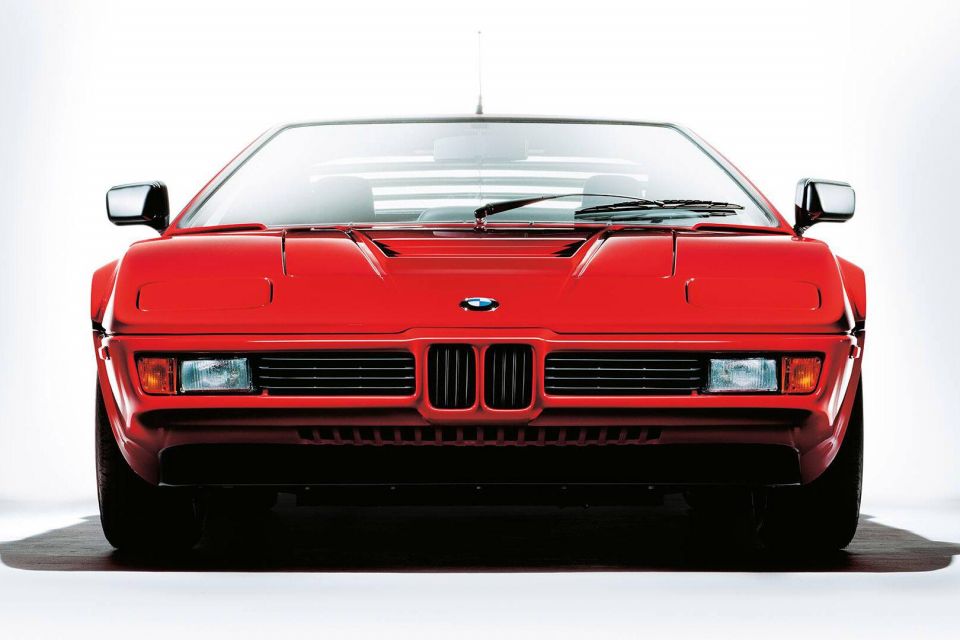
BMW was no exception to this. Perhaps the best example to demonstrate this styling trend is with its M1 sports car, produced from 1978.
Featuring an almost Lamborghini Countach-inspired wedge design, the double kidney also became correspondingly smaller and more rectangular, ensuring it did not look out of place next to the slim horizontal air intakes on either side.
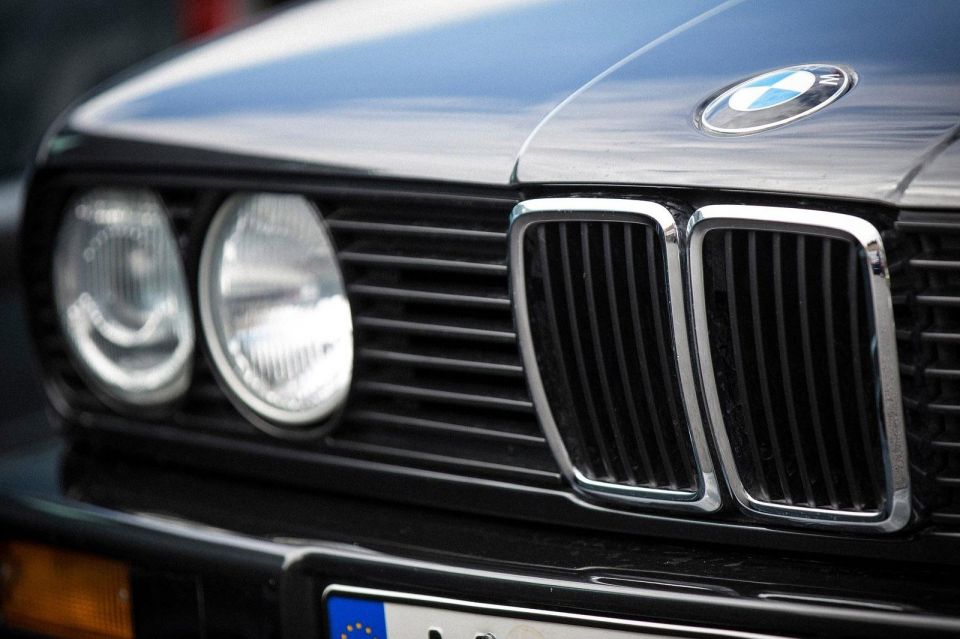
This notion of downsizing the grilles directly inspired the design direction of later models such as the Z1 and original 8 Series coupe, and perhaps provided the foundational trend for models with a more subtle double kidney grille.
As a result, mainstream BMW models during the ’80s and ’90s such as the E30 3 Series, E34 5 Series, and E32 7 Series all adopted smaller, but more angular, boxy double kidney grilles.
Chris Bangle’s tenure at BMW is well known for his ‘flame surfacing’ philosophy, which involved a complex interaction between curves and hard lines.
Each BMW model was differentiated and given its own personality, and the design of the double kidney grille was modernised to shift it away from the more rigid, boxy approach the brand took during the 1980s and ’90s.
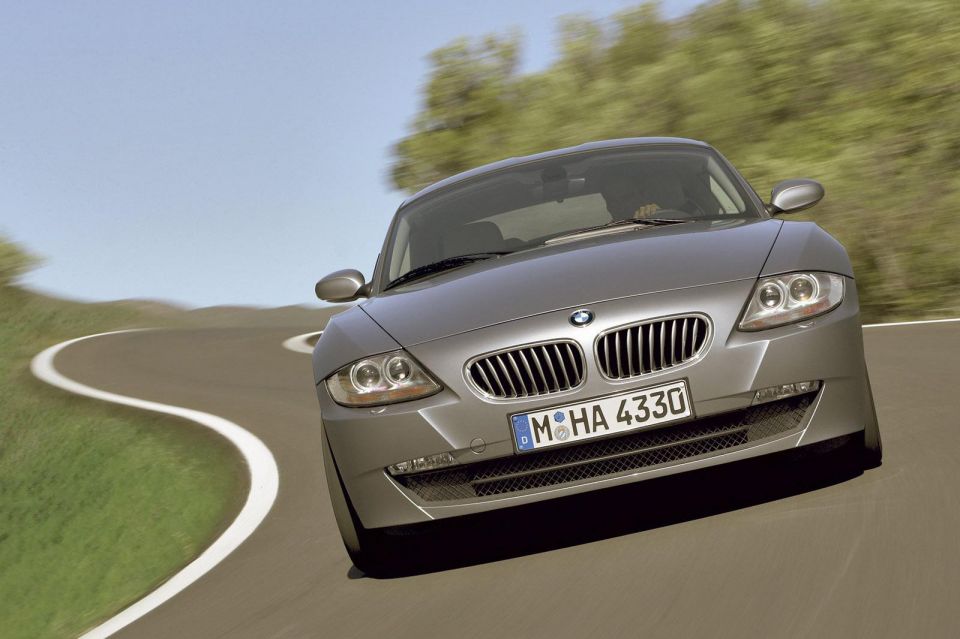
Now more curved and rounded in nature, but not oversized, perhaps the best examples of the Bangle-era approach to grille design include the E60 5 Series, E85 Z4, and the E63 6 Series. Although not precisely the same, all these models have a common thread of a more rounded and wider grille with greater separation between the kidneys.
BMW has argued the most controversial grille designs on its current range, as featured on the 4 Series, iX and 7 Series, harken back to earlier BMW kidney grille designs.
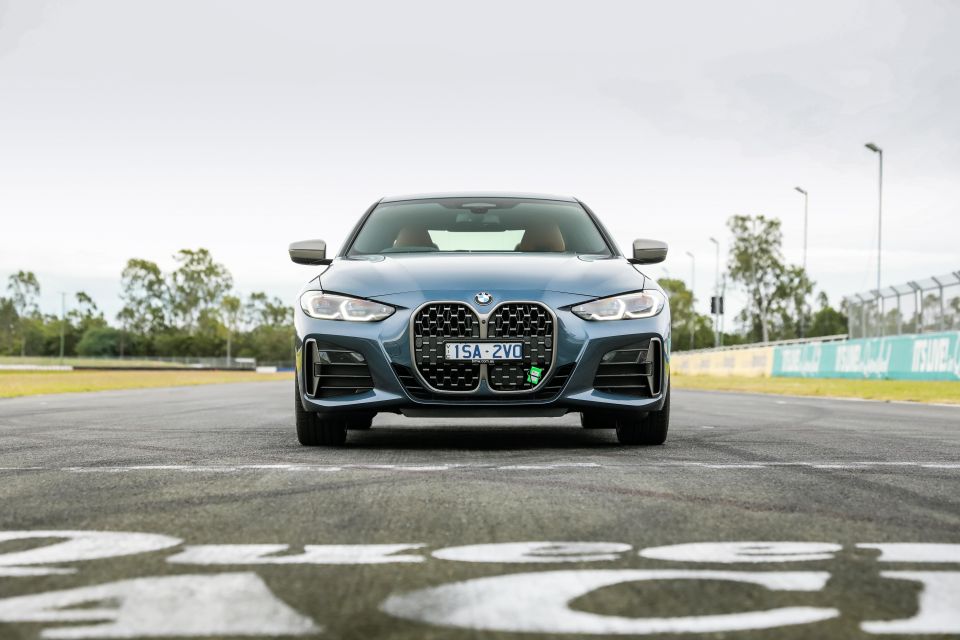
There is some merit to this view, as models such as the 303 and 328 featured large double kidney apertures.
However, the use of these large grilles was largely due to functional necessity; as the grilles became stylised such as with the 503, they gradually decreased in size.
With current technology, the use of oversized grilles is more of a design statement rather than pure pragmatism.
As seen with models such as the new 2 Series and 3 Series, BMW has not taken the oversized approach to every model line, with some vehicles retaining a more elegant, proportionate look.

Take advantage of Australia's BIGGEST new car website to find a great deal on a BMW.


Matt Campbell
4 Days Ago
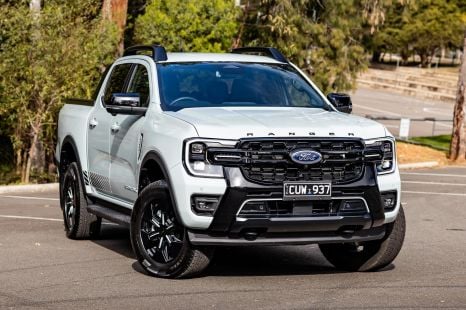

Matt Campbell
3 Days Ago
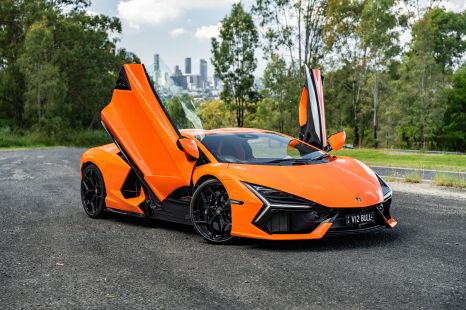

Alborz Fallah
2 Days Ago


William Stopford
2 Days Ago


James Wong
2 Days Ago


Max Davies
12 Hours Ago